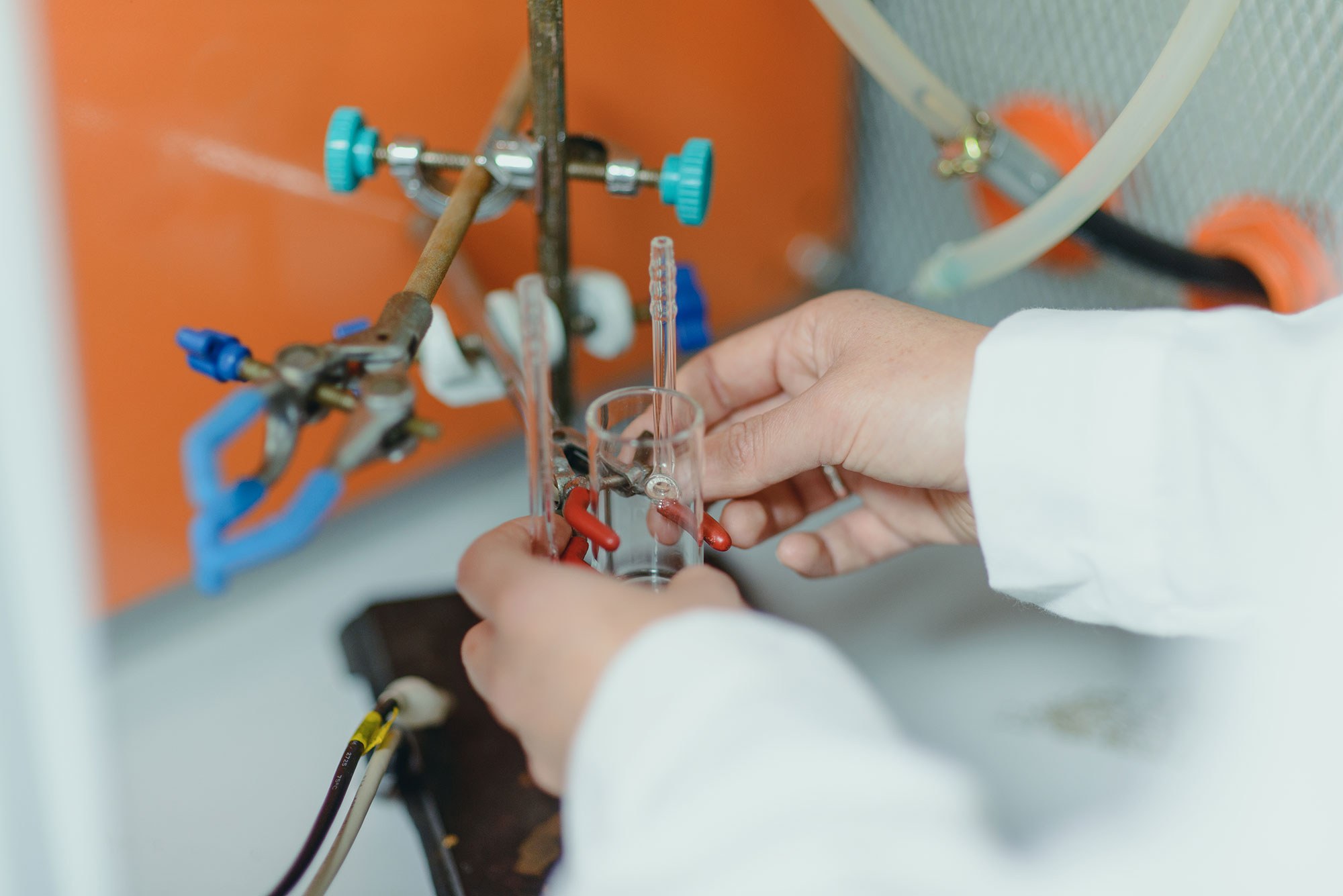Alabd Alhafez, I., Deluigi, O. R., Tramontina, D., Ruestes, C. J., Bringa, E. M., & Urbassek, H. M. (2023). Simulated nanoindentation into single-phase fcc Fe x Ni 1-x alloys predicts maximum hardness for equiatomic stoichiometry. Scientific Reports, 13(1), 9806. https://doi.org/10.1038/s41598-023-36899-3
Abstract: We investigate by molecular dynamics simulation the mechanical behavior of concentrated alloys under nanoindentation for the special example of single-phase fcc FexNi1−x alloys. The indentation hardness is maximum for the equiatomic alloy, x=0.5. This finding is in agreement with experimental results on the strength of these alloys under uniaxial strain. We explain this finding with the increase of the unstable stacking fault energy in the alloys towards x=0.5. With increasing Fe content, loop emission from the plastic zone under the indenter becomes less pronounced and the plastic zone features a larger fraction of screw dislocation segments; simultaneously, the length of the dislocation network and the number of atoms in the stacking faults generated in the plastic zone increase. However, the volume of twinned regions in the plastic zone is highest for the elemental solids and decreases for the alloys. This feature is explained by the fact that twinning proceeds by the glide of dislocations on adjacent parallel lattice planes; this concerted motion is less efficient in the alloys. Finally, we find that surface imprints show increasing pile-up heights with increasing Fe content. The present results will be of interest for hardness engineering or generating hardness profiles in concentrated alloys.


